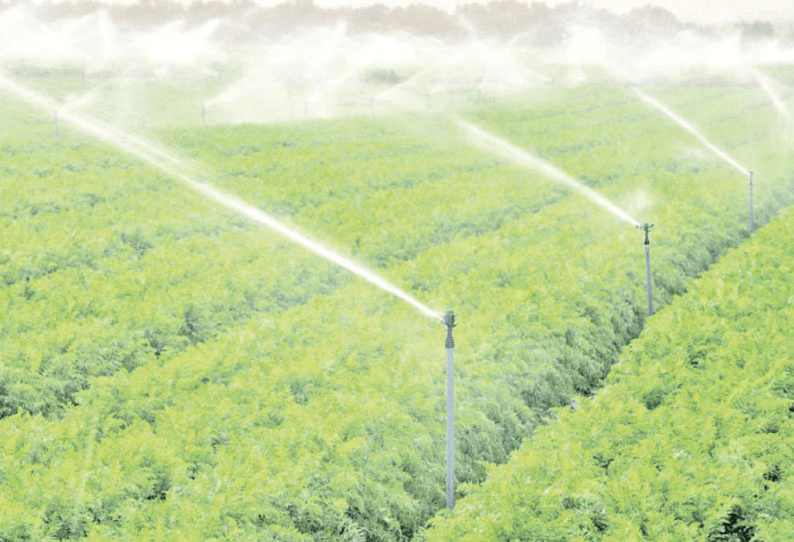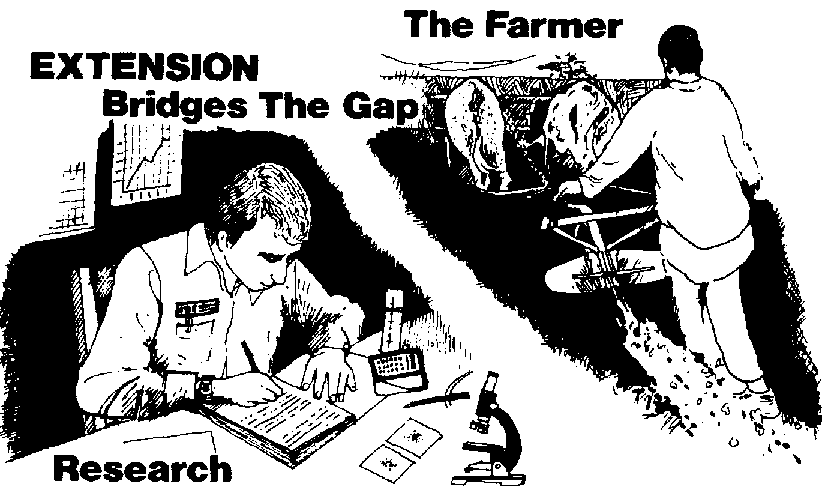
"The meat of Vegetarians" - A wider Scope | Blog Shuruwaatagri
- Jiya Pathak
- Sep 2, 2021
- 5 min read
Updated: Sep 3, 2021
A nutritious diet starts right from the stage of infancy and goes on up till old age, whether it be carbohydrates, fats, or protein, each one of them plays a very important role in the diet of every human being. Focusing on protein, it has various sources which include meat, fish, chicken, egg, nuts, etc. But apart from them, there is another source of protein, probably found in everyone’s pantry that reduces carbon footprint and has an even higher percentage of protein than the above-mentioned sources, and it’s a group of food called “pulses”.
Content
What are Pulses?
Pulses, also known as dry legumes, are leguminous crops that include dry peas, beans, lentils, and chickpeas. These are nutritionally dense edible seeds that are easy to cook and healthy to eat.
Requirements for Pulse Crop Cultivation
Pulses possess a wide range of variability in their cultivation. Whether it be climatic, soil, rainfall, or water variable, each one of these must fulfill the criteria of its cultivation requirement.
1. Climatic Requirement
Pulse crops are cultivated in all three Kharif, Rabi, and Zaid seasons. So, there are some of the specific climatic requirements for its cultivation.
For Rabi season, pulses require a mild-cold climate during the sowing period, cold climate from the vegetative stage to pod development, and warm climate at the time of harvesting.
Similarly, Kharif and Zaid season pulse crops require a warm climate throughout their cultivation i.e., from sowing to harvesting.
2. Soil Requirement
Pulses can be grown in all types of soils but well-drained loamy and clayey soils are ideal for cultivation.
3. Rainfall Requirement
Although pulses are adaptable to dry environments making them well-suited for areas that are prone to drought, they still require a moderate amount of rainfall around 50 to 75 mm for their survival.
4. Irrigation Requirement
Pulses don’t require intensive irrigation. It requires irrigation only in those areas which are not rainfed. ex., drier region of Rajasthan and Gujarat. These are the areas where pulses can be grown with slight irrigation.
Scenario of Pulse crop in India
India accounts for over one-third of the total world’s area of which 20% area comes under pulse cultivation contributing around 7-10% of total foodgrains.
Currently, India is one of the largest producers and consumers of pulses in the world. Of the total pulse production, Rabi season pulses ( Chickpea, lentil, and dry pea) contribute 66.59% of domestic production and the remaining is contributed by Kharif season pulses (Pigeon pea, mung beans, horse gram, and moth bean).
The state-wise production of pulses is shown below with the help of a pie chart.
Despite being the largest producer of pulses in the world, India is unable to meet its domestic pulse requirement. The reason behind this is, in India consumption exceeds production. As a result, India has also become the leading importer of pulses in the world. According to a recent report, India produced about 17.6 million tonnes of pulses and consumed 22.4 million tonnes. This gap between demand and domestic supply is continuously widening which is increasing pulses import.
The need of the hour is to expand the pulse production at an annual rate of 2.4% to meet the projected domestic demand.
Where is India lagging in its pulse cultivation?
To boost the pulse production, we must know what are the areas where India is lagging because of which it is unable to meet its domestic demand.

Some of the issues are discussed below:
1. Agro-climatic conditions
Indian agriculture is mainly dependent on rainfall for its agricultural production and especially pulses are grown only in the rainfed area. However, the harsh reality is that the agro-climatic condition for pulses is comparatively less suitable in India which hamper its cultivation all over the country.
2. Insufficient resources
Indian pulses don’t give a good genetic yield and are also vulnerable to pest damage due to the non-availability of plant protection chemicals for pulses in the market. Also being rainfed, it often experiences drought at critical growth stages due to lack of irrigation facility. Therefore, the cultivation of drought-prone and disease susceptible varieties of pulse seeds is alarming. As a result, farmers avoid pulse production.
3. Regional Constraints
Another reason for low pulse production is the creation of irrigation arrangements in the Gangetic plain to cultivate cereals and cash crops as a result pulses are left with less productive regions for their cultivation.
4. Technological Constraints
Lack of knowledge on crop management and production technologies such as insufficient and untimely availability of HYV's are the major reason leading to low productivity. Moreover, the poor availability of agricultural inputs such as manures, seeds, micronutrients, and bio-pesticides is another big barrier.
5. Socio-economic Constraints
The low profit obtained from the cultivation of pulse crops, non-availability of credits in time, and lack of subsidy in crop inputs are the major constraints that have loosed farmers' interest in pulse cultivation.
6. Institutional Constraints
It has been observed that due to the weak extension-farmer linkage, various market barriers, and lack of nearby regulated markets, farmers find it difficult to sell their produce. And as a result, they get less involved in pulse production.
Solutions
Various efforts are been made up by the government. A variety of schemes to improve the pulse production which includes the National Food Security Mission, Integrated Scheme of Oilseeds, Pulses, Oil palm and Maize, Accelerated Pulse Production Programme, and so on. But still, these schemes have made a slow headway towards addressing above mentioned problems. Hence, some additional efforts that can be made to boost pulse production are discussed below:
1. Development and Promotion of the Drought Tolerant varieties.
Since pulse crops are generally been grown in arid and semi-arid regions of the country. Hence, there is the need to develop drought-tolerant, short-duration, and high-yielding varieties of pulses so that they can match crop maturity duration and soil moisture availability.
2. Better Management operations
The need of the hour is to promote mechanized field operation, new production technology to boost pulse production. Also, the government should hire trained and qualified personnel knowing the latest technology to guide and train farmers.

3. Removing Market Restrictions
The government can provide farmers free access to the market by giving them a fair field to play upon it figuratively. To start with, the government should abolish restrictions on the export of pulses produced by farmers especially when MSP is not been guaranteed to them.
4. Imposition of Import Duties
The government should also impose import duties on the import of pulses for a period until the farmers complete their harvest so that domestic production doesn’t get affected by excessive import.
5. By guaranteeing Subsidy and MSP on pulses
In India pulses mainly suffers from market failures, which is one of the major reason for less production of pulse crops by the farmers. To increase production government should guarantee subsidies and MSP on pulse crops so that farmers can be as confident as they use to be in the cultivation of cereals.
6. Integrated disease and Pest Management
We can also boost pulse production by using Integrated disease and pest management techniques along with usage of healthy seeds, resistant cultivars, modified cultural practices and judiciously using fertilizers, pesticides, and bio-control agents.
7. Area Expansion
Pulses have exclusively tremendous scope by area expansion as short-duration varieties of pulses fit very well in the various cropping system. Hence, by bringing additional area under different pulses we can boost up the pulse production.
Conclusion
Pulses area very important part of poor man’s food plate and India being the hub of about 196 million hungry people, production of the staple food has become the need of the hour and especially the pulses as it is the vital source of protein in our diet. It is high time, where government should get more serious about pulse crops and adopt various measures especially those mentioned above to avoid the import of pulses and increase the country's domestic production.
























Comments